Measles, a disease so effectively treated that the U.S. declared it eliminated from our country 25 years ago, is making a grim comeback. And despite California’s status as a comparatively well vaccinated state, residents here won’t be spared — and lower-income families and communities, as always, will be most vulnerable to its spread.
That concern has been real enough all year, even though the number of officially confirmed cases nationally — 1,356 as of Aug. 5, the most recent reporting period — would strike many people as miniscule in a country of 340 million.
Two things about that, though: 1. The number, while appearing small, marks the worst spread of the disease in the U.S. in more than three decades; and 2. Public health experts say the total is an undercount — perhaps a severe one.
“It’s a vast underestimate of the number of actual cases,” Paul Offit, director of the Vaccine Education Center at the Children’s Hospital of Philadelphia and a specialist in pediatric infectious diseases, told Capital & Main. “If you talk to people on the ground — and I just did talk with a couple of them this week — they think it’s probably closer to 5,000 cases of measles.”
Even California’s modest total of 20 cases as of Aug. 11 demands to be placed in context. That’s already higher than the 15 confirmed cases for all of 2024, and in 2023 only four measles cases were confirmed statewide.
The national trend, meanwhile, is going dramatically in the wrong direction. It’s especially confounding considering that measles is vaccine-preventable to the point of near extinction.
“Do I think there’s going to be a measles outbreak [nationally]? Absolutely. Do I think more people are going to die? Yes,” Offit says. “We’ve already had three measles deaths this year, which equals the total number of measles deaths in the country from the last 25 years.”
Why bring this up now?
The school year’s about to start.
Measles, simply put, is a nasty virus. Its complications include pneumonia, encephalitis (swelling of the brain), diarrhea and vomiting. Although it can strike older people and is particularly worrisome for pregnant women, unvaccinated children are the most susceptible, especially those under age 5 — one reason why the U.S. moved so aggressively to eradicate the disease in our country in the latter part of the 20th century.
The real differentiator of measles is its ability to spread. Whereas someone infected with COVID or the flu can infect between one and three other unimmunized people each day, Offit says, the figure for measles is between 15 and 18 people. “You don’t have to have direct face-to-face contact with somebody with measles,” Offit says. “You just have to be in their airspace within two hours of them being there.”
This brings us to the classroom. While the California Department of Public Health issued a general summer recommendation for families to stay up to date on all vaccinations, its news release specifically mentioned the growing number of measles cases. “Three people have died this year from this entirely preventable disease, reminding us of the importance of immunization,” the department’s release said.
Epidemiologists say that for “herd immunity” from measles to be achieved in a community, a 95% vaccination rate needs to be achieved — in this case, the two-shot measles-mumps-rubella (MMR) vaccine. Prevention efforts among kids, meanwhile, zero in on kindergarten vaccination rates, since those children are in the prime age range for infection.
That vaccination figure, 95%, looms large even if it is only a best approximation of what’s needed. Although the federal Centers for Disease Control and Prevention put California’s 2023-24 kindergarten vaccination rate for measles at 96.2% overall, well above the national average, the state’s own numbers show that 16 counties — nearly 30% of all counties in California — now fall below the threshold for herd immunity. That’s despite the state mandate of MMR vaccination among schoolchildren. The MMR rates dip as low as Sutter County’s 76%.
With school starting and kids crowding into confined class spaces, the potential for outbreak is increased — especially in counties with a vaccination rate below 95%.
There are a few factors contributing to the increase of measles cases, both in California and nationally, but it’s impossible to separate any of them from the rise of vaccine skepticism in general. In no coincidence, the head of the federal Department of Health and Human Services, Robert F. Kennedy Jr., is a longtime vaccine skeptic who has falsely linked vaccines to a host of medical conditions and claimed the MMR vaccine hasn’t been “safety tested” — a falsehood contradicted by the immunization’s decades of success and safety.
“This guy has been the single biggest anti-vaccine activist in this country for the last 20 years,” Offit says. “He’s going to do everything he can to lessen immunization rates in this country.”
California’s situation is complicated by the large number of undocumented immigrants who live here, some of whom have begun avoiding doctors’ offices and clinics out of fear of being arrested or deported. Some clinics have responded by trying to meet patients where they live, but it is slow, difficult work. Local health experts fear that kids missing their vaccinations, including MMR, will be one result of families avoiding doctors.
Like other infectious diseases, measles will hit lower-income families and communities harder than the general population, and for most of the same reasons. As the COVID-19 pandemic graphically demonstrated, viruses spread most easily in areas where people tend to live in crowded conditions — congregate settings, as experts often put it — and have less access to quality health care.
That’s true in California and everywhere else. But a measles outbreak is a whole different level of misery — it’s one of the most contagious known infections in the world. “People don’t understand how easy it is to tip the scale,” Offit says. California shouldn’t have to find out.
Copyright Capital & Main 2025
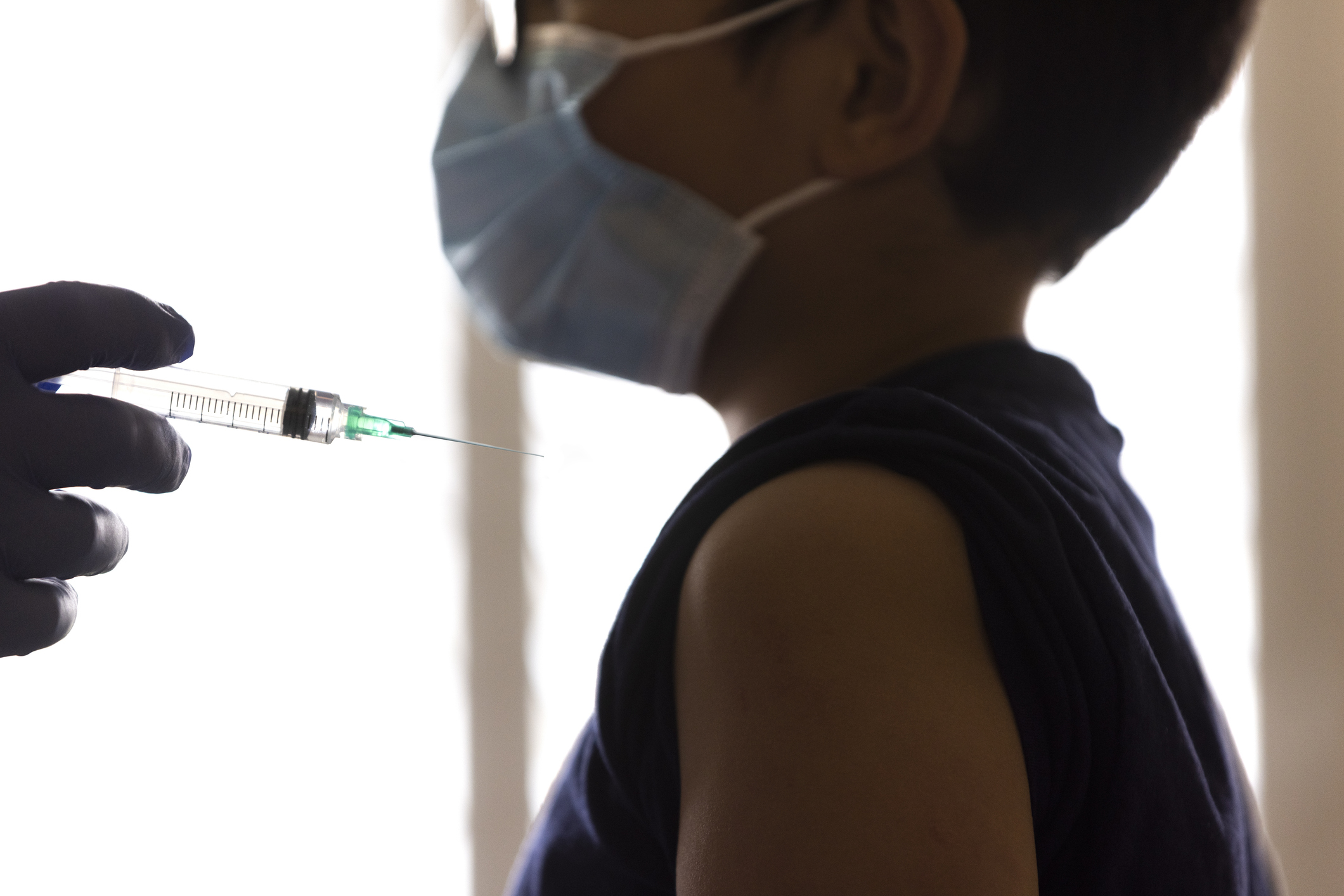
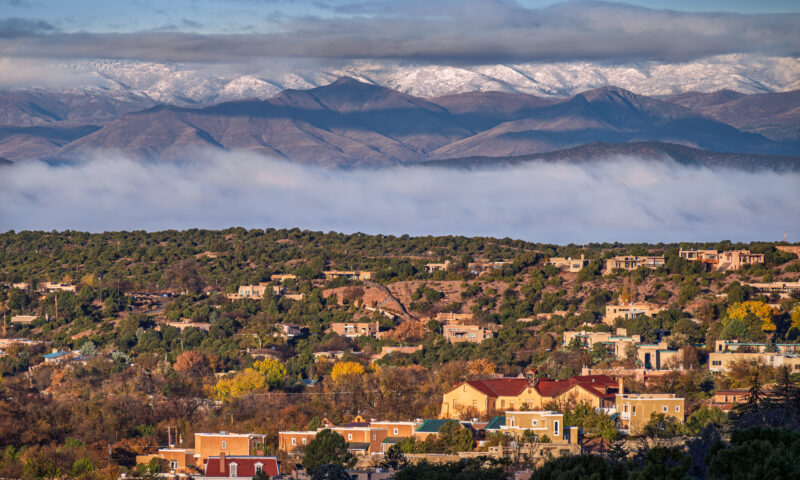
 Column - State of InequalityNovember 28, 2025
Column - State of InequalityNovember 28, 2025
 Latest NewsDecember 8, 2025
Latest NewsDecember 8, 2025
 Striking BackDecember 4, 2025
Striking BackDecember 4, 2025
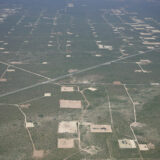 The SlickDecember 2, 2025
The SlickDecember 2, 2025
 Latest NewsDecember 1, 2025
Latest NewsDecember 1, 2025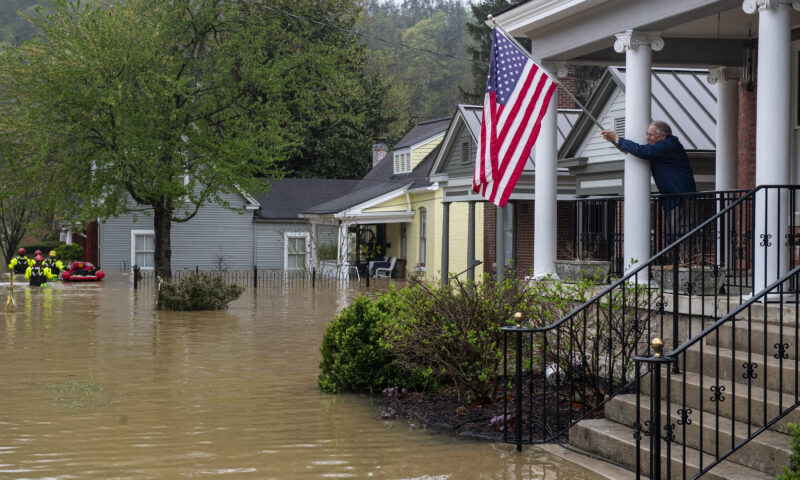
 Dirty MoneyDecember 3, 2025
Dirty MoneyDecember 3, 2025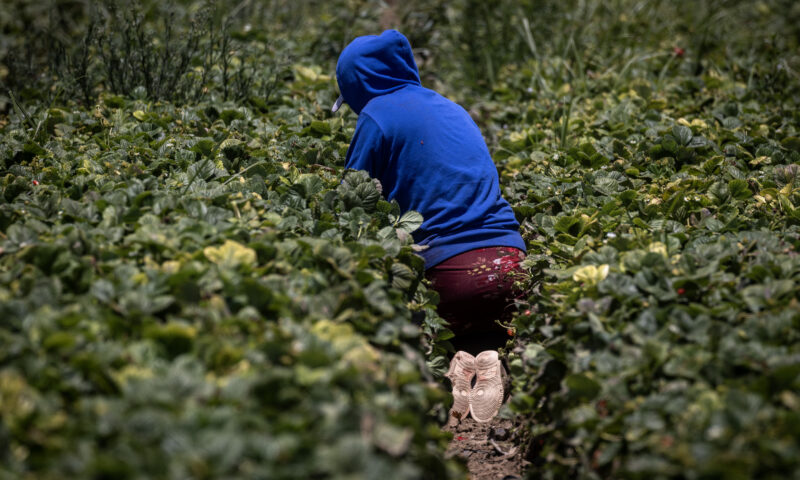
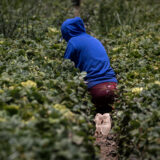 Child FarmworkersDecember 5, 2025
Child FarmworkersDecember 5, 2025
 Column - State of InequalityDecember 4, 2025
Column - State of InequalityDecember 4, 2025

